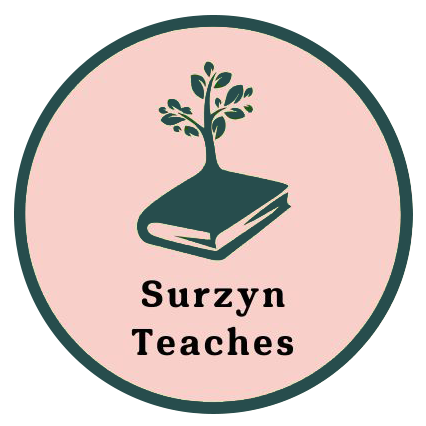Three years ago, in March 2020, our schools closed, and our education system changed forever. We went through online classes, hybrid classes, teaching with masks, online health passes, endless Covid tests and then, an apparent return to “normal”. However, it quickly became clear that the trauma of the pandemic would be felt in our education system for a long time.
School is a microcosm of our larger society, and it’s clear that our society isn’t doing that great. When I googled, “Are people less kind after the pandemic?” I came across a much cited study. Researchers “found that people were less extroverted, less open, less agreeable and less conscientious in 2021 and 2022 compared with before the pandemic.” They followed 7000 participants from 2014 and through the pandemic. They measured “personality on a scale across five dimensions: extroversion versus introversion, agreeableness versus antagonism, conscientiousness versus lack of direction, neuroticism versus emotional stability, and openness versus closedness to experience” (“Has the pandemic changed our personalities?”).

Service as an antidote to the malaise of the pandemic
All teachers can easily agree it has not been an easy time in schools. However, some of the most fulfilling moments for me as an educator has been working on service projects with students, like the construction we did this past February in Mesas Coloradas in Guadalajara. We had about 100 students plus teachers and staff building houses on 10 different sites. We worked alongside the NGO Techo, whose mission is to eradicate poverty, with housing being one of the main tenets addressed.
“Collective effervescence…the feeling of excitement and connection felt when a community participates in a collective or synchronous action”
Gelfand et al. “ “The cultural evolutionary trade-off of ritualistic synchrony” article from the 2022 Capstone Seminar Stimulus Materials
Working in the hot dust, driving on bad roads, attending to medical concerns may sound stressful on the surface, but actually it reminded me of “collective effervescence, “the feeling of excitement and connection felt when a community participates in a collective or synchronous action” (Gelfand et al. article from the 2022 Capstone Seminar Stimulus Materials). In a society trying to find its feet again after such a tumultuous time, working together towards a greater good seems like a great place to start.





Takeaways from our experience
People, especially teenagers, want the opportunity to feel useful to society. We want to take action in something that is bigger than us. We want to feel like we are part of a positive change. Building houses, doing any kind of service work or just having the opportunity to show kindness and generosity to other people fills this need for us. We need to give students more opportunities to be kind and generous.
Working on something, like building a house, with a team is equally challenging and rewarding. There are so many different dynamics in a team and getting that dynamic to work is an achievement in itself. But that achievement requires people to work together and belong to each other. And that type of belonging is what teens, and all people, need. We need it to feel healthy because we are very social creatures. No amount of social media will ever fill that need.
Student transformation
Give young people a hammer and an opportunity to move their body in a healthy way and watch their anxieties melt away. The opportunity to get out of their heads and into their body, whether by digging holes or hammering nails, and you can see the physical affecting the mental in a very positive way.

There are so many potential leaders that will step up if you believe in them and give them a job to do. I have seen so many kids transform in this dynamic. It makes me wonder how many more students would show leadership if given the chance to be leaders?
Students learn by doing. Three days of active work and the list of things learned is immense: Kids can learn how to hammer, measure, and follow instructions. But they also learn collaboration, communication, teamwork, grit, empathy, generosity, resilience, patience and perseverance.

Biggest takeaway
My biggest takeaway is to give more opportunities to do good and be kind for the sake of our students and, definitely, our society.


